GIGN is a special unit within the French National Gendarmerie. It was one of the first French special units formed after the Munich 1972 massacre. The Groupe d’Intervention de la Gendarmerie Nationale (GIGN) is the primary French counter-terrorism unit and an elite unit for special operations.
History
The unit was established in 1973 when Europe realized that ordinary law enforcement and Army units are not enough for new terrorism tactics. The first commander of the newly created unit, then known as Regionale d’Equipe intervention (ECRI), was a Christian Prouteau. Prouteau’s unit transformed in 1977. In that year, they got their current name Groupe d’Intervention Gendarmerie Nationale or just GIGN.
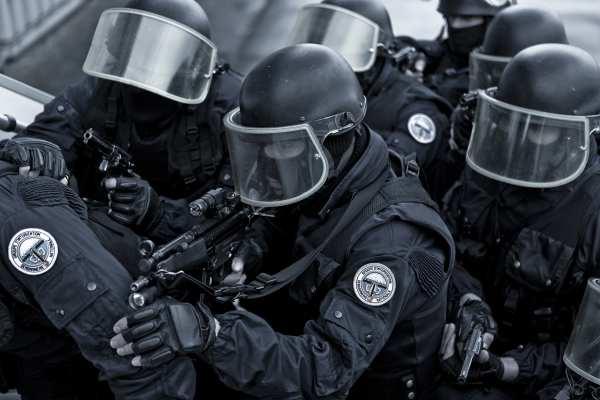
In September 2007, the unit underwent a new major transformation and full reorganization. In fact, the unit was extended with the members of the Gendarmerie Parachute Squadron (EPIGN) and with 30 members from the GSPR unit.
Organization and structure
Today, GIGN has three main sections, as follows:
- Fast response (original GIGN)
- Reconnaissance (former EPIGN)
- VIP protection (the former EPIGN and members from GSPR)
The unit is part of a group Groupe de Securite et d’Intervention de la Gendarmerie Nationale (GSIGN).
Tasks
The GIGN, as one of the most elite special units in France, has multiple tasks, but among all of them, one is particularly important – counter-terrorism. Other tasks of GIGN are not quite different from the other modern special forces units. Hostage rescue, executing high-risk search warrants, VIP protection…
Training and selection
To get a chance to be a part of the unit, first, you need to join the Gendarmerie. If you aren’t French, you will need to get citizenship before you can join. Practically, citizenship takes about 7 years (you can apply after 5 years of full residency in France; in some cases, that reduces to 2 or 3).
After 4 years of exemplary service, you can apply for the unit. Candidates must meet specific physical, psychological and medical requirements. All must be able to practice parachuting and under 34 years of age on the selection tests’ date.
Selection tests: candidates, grouped during two annual national sessions, carry out a week of tests (individual or group tests, personality questionnaires, interviews, scenarios, etc.).
Missions: Domestic and abroad
Since its creation, the unit has carried out more than 1000 missions, and alongside that, they have freed more than 500 hostages, arrested over 1000 suspects, and killed 12 suspects. Until 2015, when in the worst day in France since WWII, terrorists killed 130 and wounded more than 350 people. In a single day, GIGN lost two operators in the line of duty, and two service dogs also were killed in action, while one died during the training.
The GIGN as the unit is the main special unit designated by the International Civil Aviation Organisation (ICAO) to conduct training and teach the other member states’ special forces in hostage-rescue exercises aboard planes.

Most significant GIGN missions include:
- Djibouti 1976: The liberation of 30 hostages from a school bus captured by the Front de Libération de la Côte des Somalis, “Somali Coast Liberation Front” – FLCS.
- San Salvador 1979: The plans and preparation for an assault on the French embassy (the hostage-takers surrendered before the assault was conducted).
- Saudi Arabia 1979: GIGN commandos were present and had a leading role in regaining control during the Grand Mosque Seizure.
- Corsica, Italy 1980: Arrest of a Corsican terrorist of the National Liberation Front of Corsica in Fesch Hostel.
- New Caledonia 1988: Liberation of hostages of the Ouvéa cave hostage-taking in Ouvea.
- Albertville 1992: Main counter-terrorism unit during the 1992 Olympic Winter Games.
- Marseille 1994: The most-recognized GIGN mission when they freed 229 passengers who were held as hostages on Air France Flight 8969. Four GIA terrorists hijacked the plane. The terrorists wanted to destroy the French National Symbol Eiffel Tower. During the standoff, terrorists executed three passengers while negotiating with the Algerian government.
- Comoros 1995: Arrest of Bob Denard.
- Bosnia and Herzegovina 1996: Operations to protect peace and arrest persons indicted for war crimes in ex-Yugoslavia conflicts.
- Somalia 2008: Seizing of 6 Somali pirates and recovery of part of the ransom after making sure Le Ponant luxury yacht hostages were freed in the coast of Puntland in Somalia on the Gulf of Aden. GIGN carried out the mission in cooperation with French Commandos Marines (Naval commandos).
- France 2015: Key involvement in hunting down suspected terrorists involved in the Charlie Hebdo shooting.
- France 2015: GIGN members were present on the Bataclan Theater scene during the Paris attacks on November 13.
- Mali 2015: GIGN members were deployed to handle an al-Qaeda hostage situation at the Radisson Blu hotel in Bamako, Mali.
Weaponry and Gear
The GIGN is famous for its wide and diversified choice of top-of-the-line weapons, most of them made to order and with special modifications. Members have quite some freedom to choose their weapons of choice. Each member will carry a revolver in typical operation, a semi-automatic pistol, a pump shotgun, and an assault rifle.
Weapons are presented here from the most to the least frequently used, to the best of public knowledge, as GIGN does not share this type of info, of course.
Sidearms
- Manurhin MR73
- Glock 17 and 19
- Sig Sauer P228
- Smith & Wesson 686 GFS
- FN Five-Seven
- GIAT PAMAS G1S
- SiG-Sauer PRO SP 2022
Submachine guns
- Heckler & Koch MP5 – various versions
- FN P90 Tactical
Shotguns
- Remington 870
- Franchi SPAS-12
Assault rifles
- Heckler & Koch G3 TGS
- SIG SG 550
- HK33EA2
- GIAT FAMAS F1
Sniper rifles
- AW
- AWS
- AW SM
- PGM Hecate II


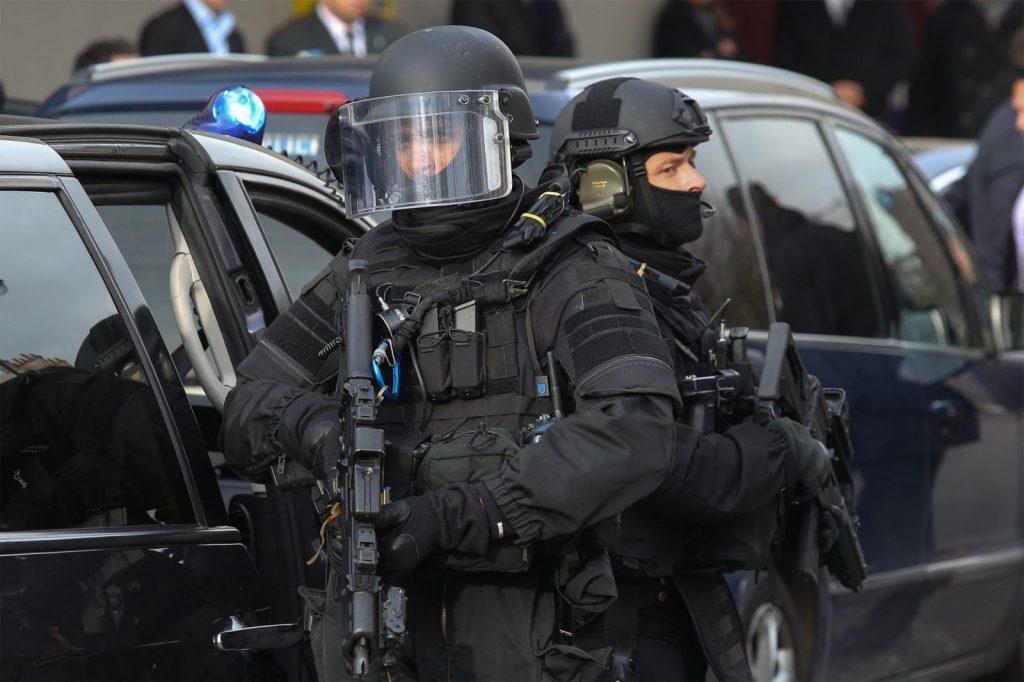
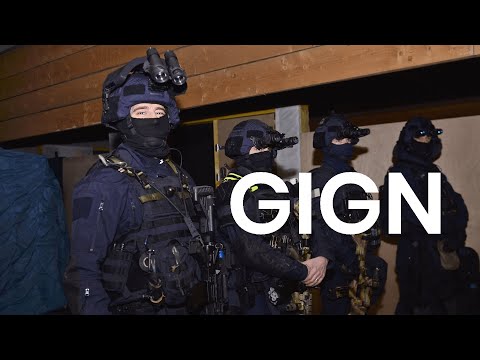





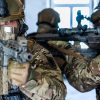
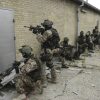
I appreciated the article but was bothered with a basic false fact in it that made the entire article a little more difficult to rely on as well researched and factual. Corsica is not in Italy nor is it an Italian territory. It never has been. It was ceded to France by Genoa after the Seven Years War due to a large debt owed to the French. That was in 1762. It’s not just a French territory, it’s considered part of France. One of the regions of France like Bordeaux, Alsace, Loire, Burgundy.